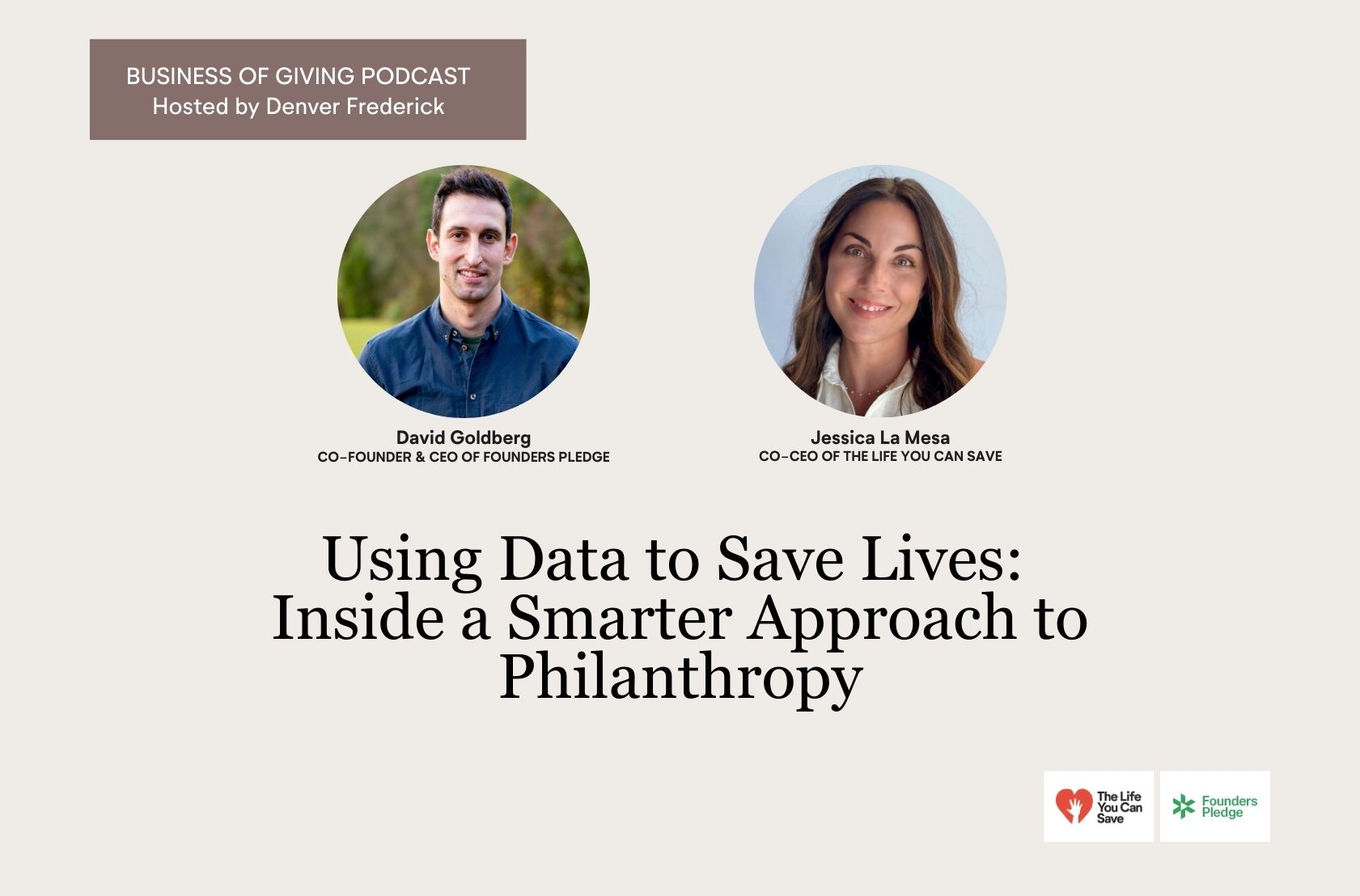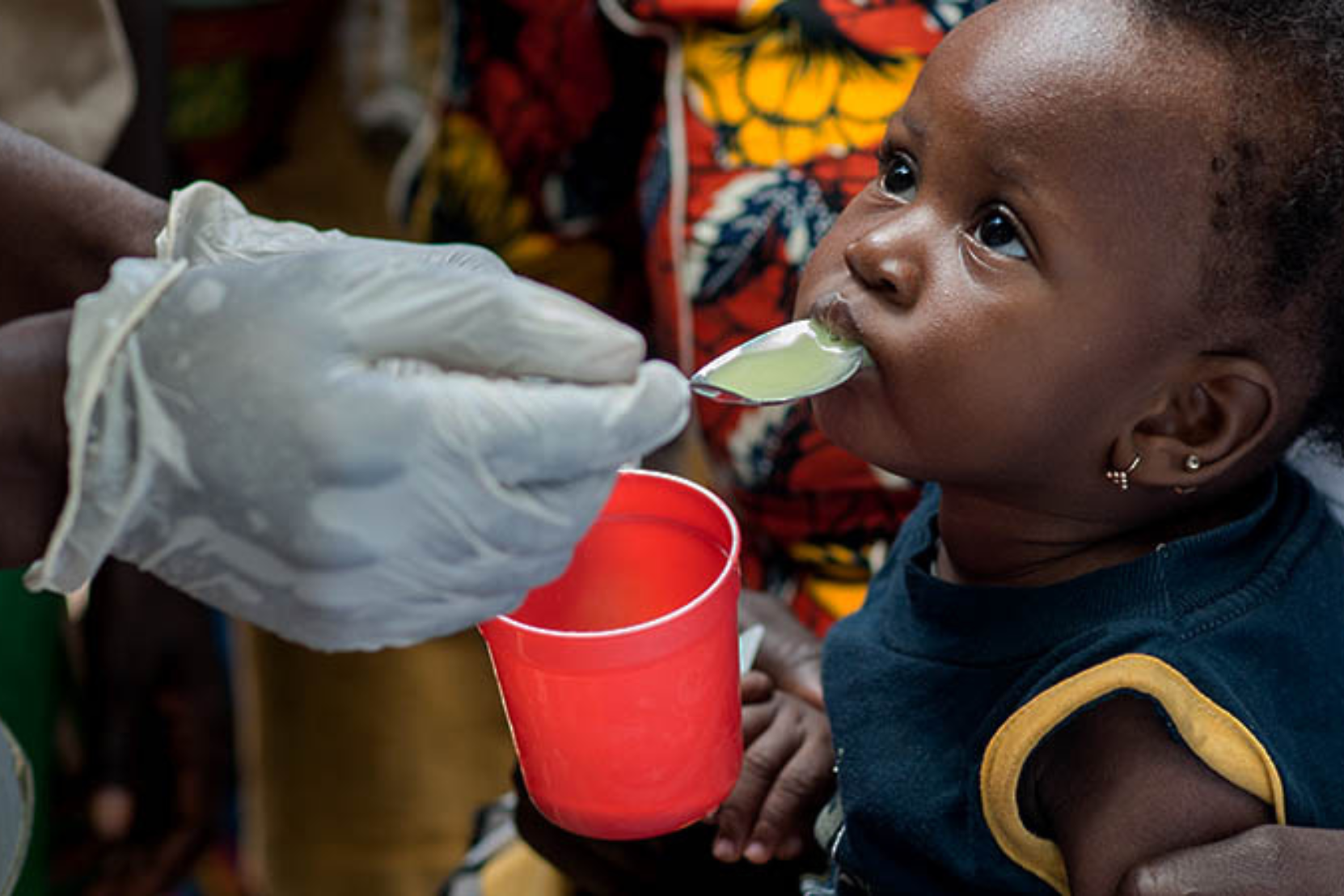What’s the best way to “sell” the idea of good giving? The short answer is, nobody really knows.
Marketing has been used to sell just about everything, so it stands to reason that it should be possible to “sell” good giving through marketing as well. But we’re missing the answers to crucial basic questions: What, exactly, are we marketing? Who are we marketing it to? Who will be doing the marketing? Where will people ultimately buy the product?
Complicating matters, marketing good giving is much more complex than selling people on a particular charity, or even on a particular intermediary like a charity evaluator. We want to “sell” the beliefs, attitudes, and behaviors that produce effective giving behavior. This is the only way to create a sustainable culture of good giving, robust to rapidly evolving social problems, charitable interventions, and information.
If we don’t know the best way to sell good giving, or even what the “product” really is in a practical sense, how can we find out? And how can we do so as efficiently as possible?
This is the first of a series of blog posts that offers a research framework for answering those questions, and hopes to stir a broader discussion about them. I hope this framework will be of interest to academics, nonprofit practitioners, and funders, and would like to collaborate with these constituencies to refine it and put it into practice. (Funders are in particularly short supply; there are shovel-ready projects that are bottlenecked on money.) If you’d like to get involved, please contact me here.
Below, you’ll find links to subsequent posts in the series and a brief description of its main arguments. This page will be updated as new posts are published.
The 2nd post in the series discusses three General Principles for Applied Giving Research, namely: 1) Improving the quality of giving (getting people to do more good with each dollar given) is more valuable than improving the quantity of giving (getting people to give more dollars); 2) The most valuable research is actionable research; and 3) Researchers and implementers should look for opportunities to “paddle downstream.”
Post 3 discusses High Leverage Research Questions, and argues it would be particularly valuable for giving researchers to focus on these specific questions: How can we design donor intermediaries, platforms, and resources that promote better giving decisions AND that donors will want to use? How do personal differences impact the way people think about giving? Which core beliefs lead to good giving behavior, and which core beliefs obstruct it?
Standardizing Giving Research with the Giving Game is the 4th post in the series. It discusses the benefits giving researchers can reap if they adopt a standard experimental format for studying where donors give (similar to how many researchers have used the Dictator Game to study generosity). It goes on to argue that the Giving Game (where players allocate money between two or more good causes) is a format that is particularly well suited to producing actionable giving research. Note: Parts of this post are quite technical.
The 5th post (forthcoming) will elaborate on the idea of numerous researchers studying different aspects of giving behavior all using the Giving Game framework. It will explain the benefits (and feasibility) of aggregating data from experimental Giving Games and natural Giving Games that happen “in the real world” into the same database, arguing that doing so would promote meta-analysis and an understanding of how findings generalize to “the field”. (Note: An early prototype of this database already exists for Giving Games that have been run as philanthropy education workshops).


